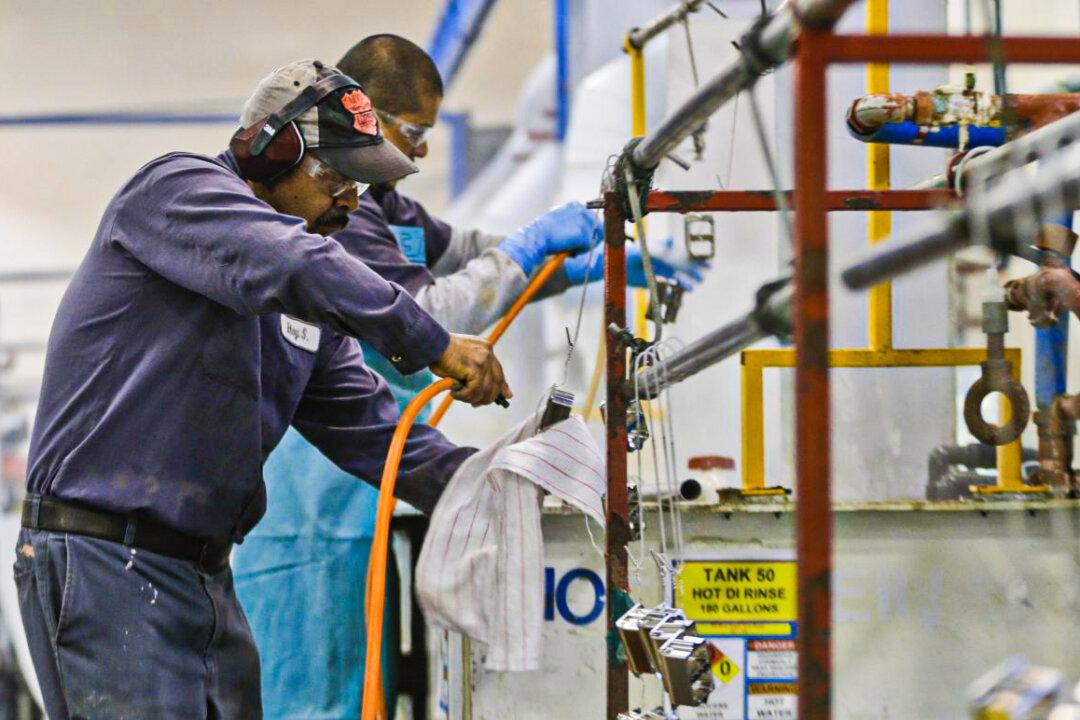News Analysis
Data recently released by the Bureau of Labor Statistics show how much the California employment situation has worsened since prior to the COVID-19 pandemic.

Data recently released by the Bureau of Labor Statistics show how much the California employment situation has worsened since prior to the COVID-19 pandemic.